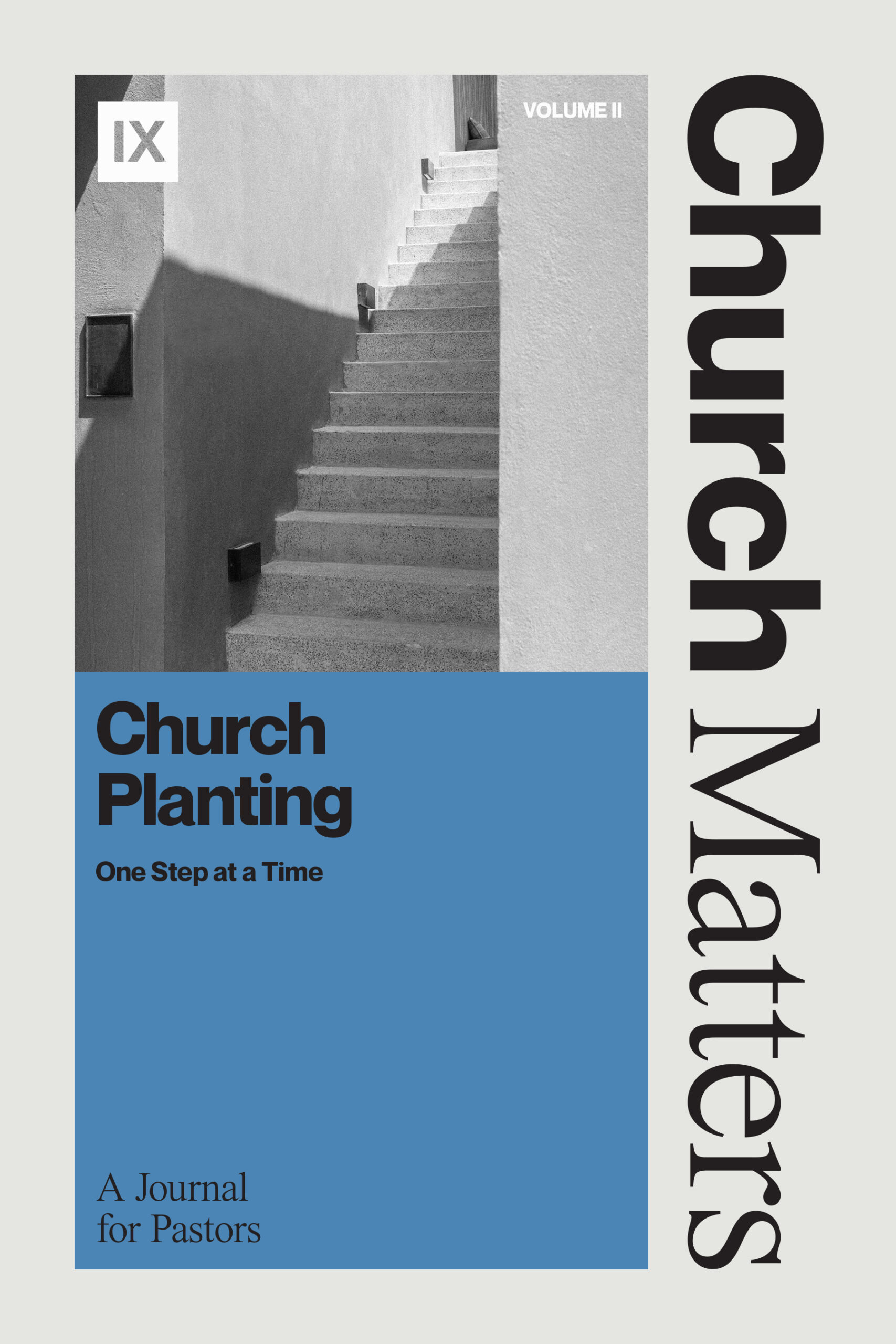Preparing to Plant Is a Whole Church Effort
Yesterday morning I received a text message from my assistant who is planting a church in a Korean neighborhood of Queens, NY. It read, “Please pray that I will find an apartment large enough for my family in the next two days.” Finding housing, decent schools, and rental space large enough for a church to gather are just a few challenges church planters face. Last night, my small group prayed for God’s favor on his behalf. The journey of church planting should involve the entire congregation.
Equipping and sending teams to plant gospel-centered churches has been a substantial effort of my church since 2005, when our congregation voted to emphasize church multiplication vs. church addition. If the Lord wills, the team we send to Queens will be our 20th plant. How can church planting and revitalization become essential to your church’s strategy?
A biblical strategy for missions should begin and end with the local church. For my church, it looks as follows:
- A commitment by the local church to fulfill its biblical obligation (Acts 1:8)
- To proclaim the gospel through the power of the Holy Spirit (Acts 6:7)
- So that people will repent and place saving faith in Jesus Christ (Acts 2:37–41)
- And be equipped by pastors for the work of ministry (Eph. 4:11–13)
- To send church members to begin new, autonomous local churches (Acts 13:2–3)
- And cooperate with other like-minded churches to eventually repeat the process (Acts 14:21–28)
Through prayer, God has blessed this strategy. What might a “whole church” approach to planting look like for you? It will involve preparing, sending, and ongoing engagement of church planters and their teams.
PREPARING
Getting members to commit to multiplication through church planting is a long process. The goal is for church planting to seep into the roots of a church’s DNA. An excellent place to begin is with your church’s membership process. My church stresses the importance of missions in our membership class. We inform prospective members they are joining a sending church, and we hope that some of them will eventually be sent out on one of our church plant teams.
Preparation also occurs through preaching and teaching. As the church’s mission shows up in Scripture, teachers can make direct applications about church planting. Also, when the church gathers to pray, the congregation can seek the Lord on behalf of their current and future church plants. You can even pray often for God’s help.
Getting your church’s small groups involved in church planting also helps. The members of your church who enjoy close fellowship with those being sent tend to take more ownership of the church plant. In addition, invested members become good points of contact between the church plant team and the rest of the church.
If your church hopes to send church planters regularly, you might invest in a formal residency or internship program. A residency provides the means to equip and prepare church planters. Some churches choose short, intensive internships (six months to a year). Other residencies are less intensive and longer. These programs allow for in-depth training in biblical ecclesiology and the proper missiology that should extend from it. You can also address pastoral theology and practice. In addition, internships may include personal discipleship. At my church, we pair elders with interns, and they meet regularly for training, counseling, and prayer.
The goal is to create a funnel that continually filters through church members—pulling out impurities, refining their giftedness, and preparing them for future ministry. My church provides a two-year equipping ministry for both men and women. In addition, lead church planters are given a third year of residency. Typically, they will join our church staff to receive more direct ministry experience. Future church planters tend to spend five to ten years at our church. This may seem long, but since we continually pour members through our “funnel,” we can send church plant teams regularly.
SENDING
One of the great joys of the local church is sending off teams. Acts describes a “whole church” celebration of sending (Acts 13:3–5). It has become a tradition to lay hands and commission those being sent.
Sending gives church plant teams a strong sense of approval and affirmation that they are doing the Lord’s work. It also strengthens the church to witness members go out and do difficult things for the gospel. Sending allows the entire congregation to take ownership of the process. Even though your church may lose key members, sending does not subtract from the church. Instead, it strengthens and motivates the church to remain on mission. It has been amazing to watch God replace those we have sent.
ENGAGING
Another critical responsibility of the whole church is to provide ongoing support for their church planting teams. Parachurch ministries and agencies are often involved with church planters for the first several years. This can be beneficial for both the church plant and the sending church. Eventually, these agencies will discontinue their support. Many church plants fail to thrive after the first three years. They still need help and encouragement from their sending church.
I am often pleased to hear my members engaging with those we have sent out. Ongoing relationship between mother-and-daughter churches benefit both. This involves prayer, communication, and short-term trips for encouragement and support.
Church plants often struggle with a lack of resources and a lack of mature believers to bear the load of ministry. Planters also struggle with loneliness and fear of failure. Just as it takes years to train and watch a child mature, we must patiently come alongside and care for our church plants as they mature.
My church has been blessed to engage with our plants for over a decade. We recently celebrated the ten-year anniversaries of two of our plants, along with the birth of two “granddaughter” church plants.
A COUPLE WARNINGS
The ongoing process of preparing, sending, and engaging takes time and financial resources. Effective church planting demands a commitment from the elders, especially the regular preaching pastor. It is easy to forget those who have been sent. Please do not let “out of sight, out of mind” occur. Keep your church planters before your congregation.
Also, do not neglect the wives and single adults you are sending. Most of the attention and support tends to go to the lead planter. His wife and other team members are making equal commitments to pack up their lives and move. The sending church should make a special effort to encourage and care for the entire team. Those who commit to being bi-vocational church plant members have additional responsibilities. They must hold down jobs on top of their roles at the new church. Consider this, so the whole team remains healthy and useful.









